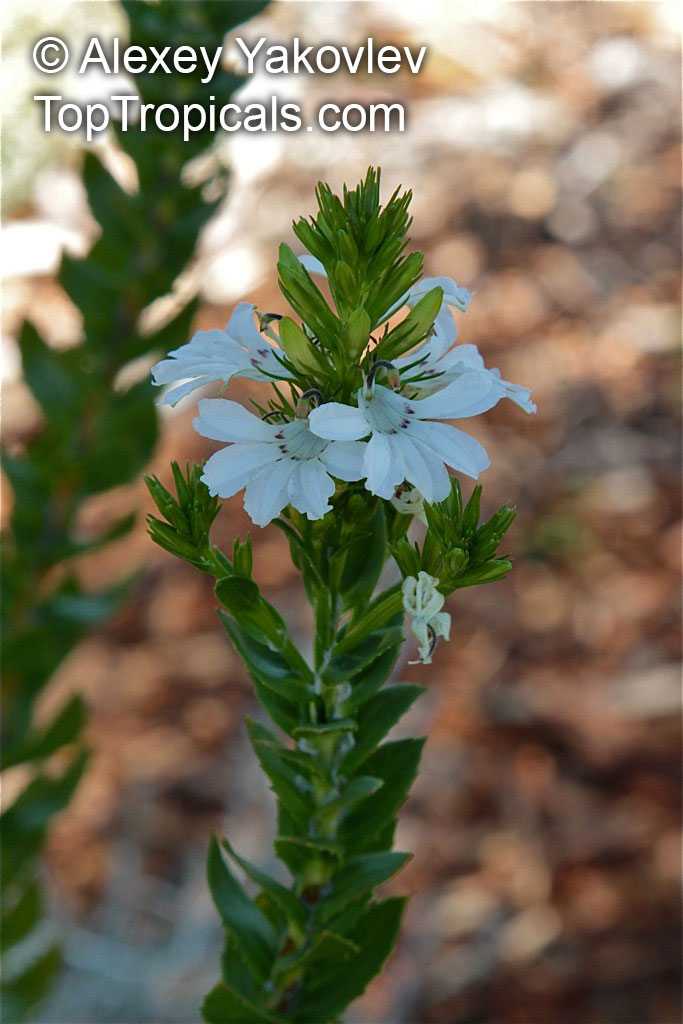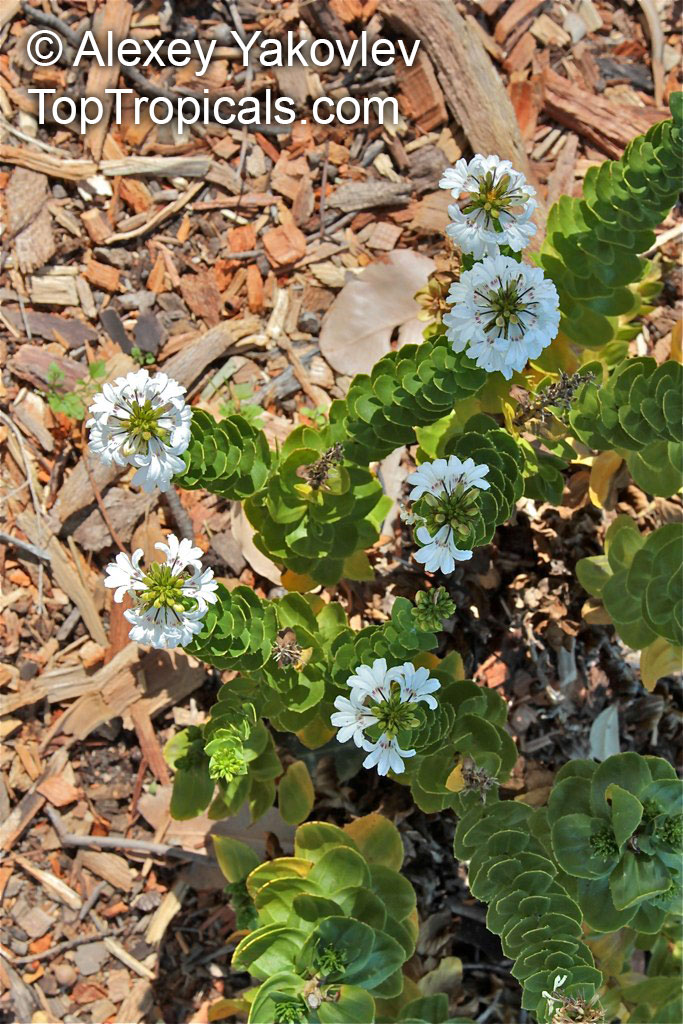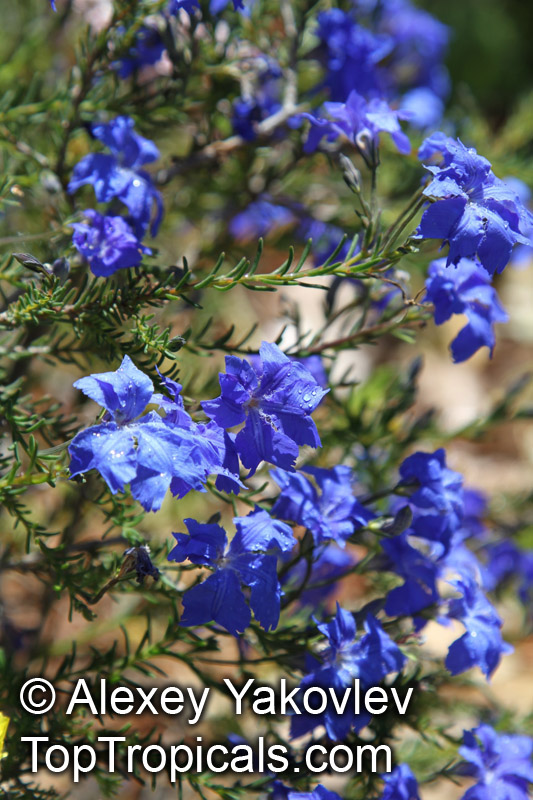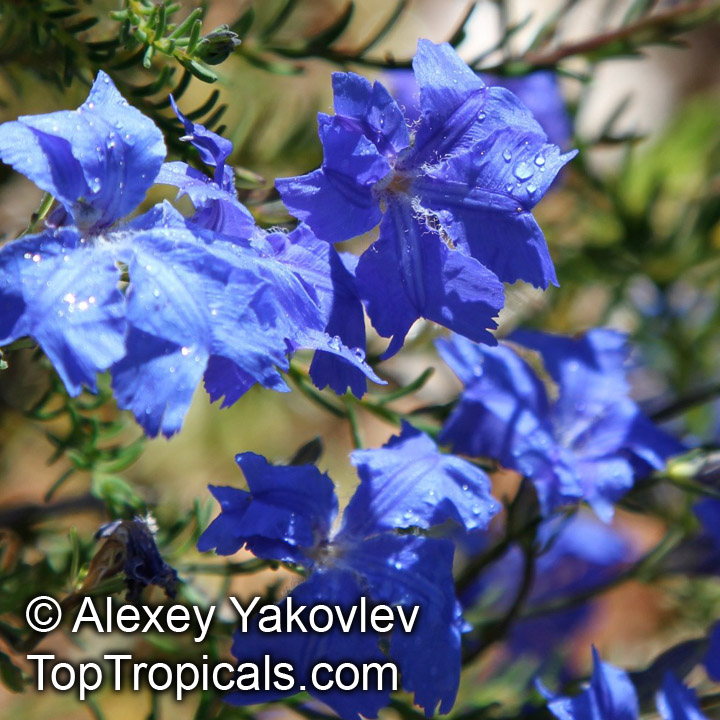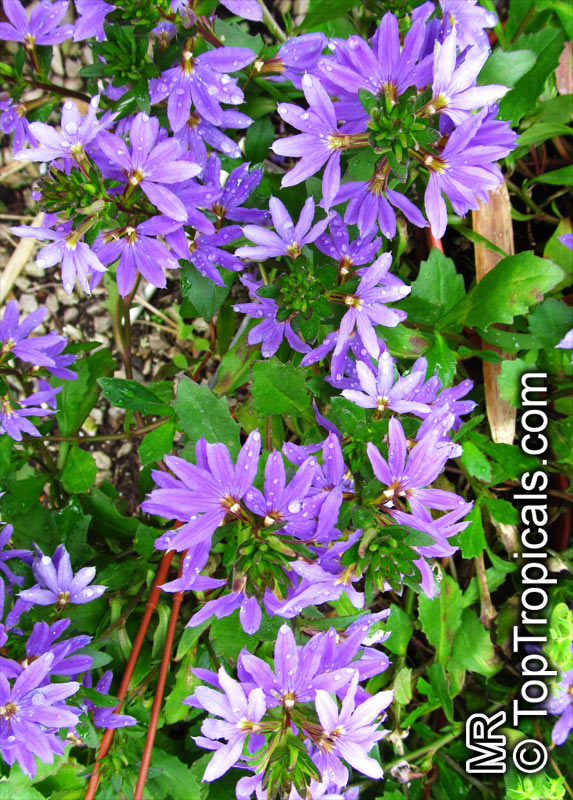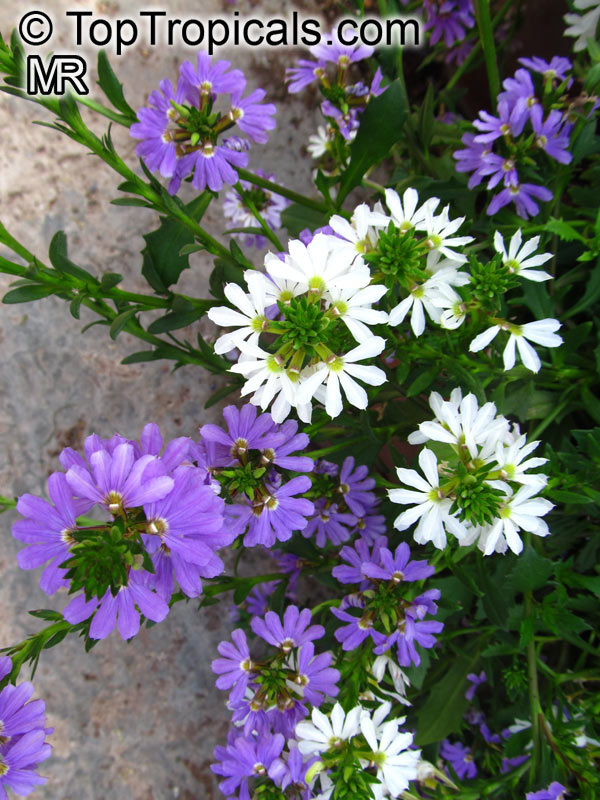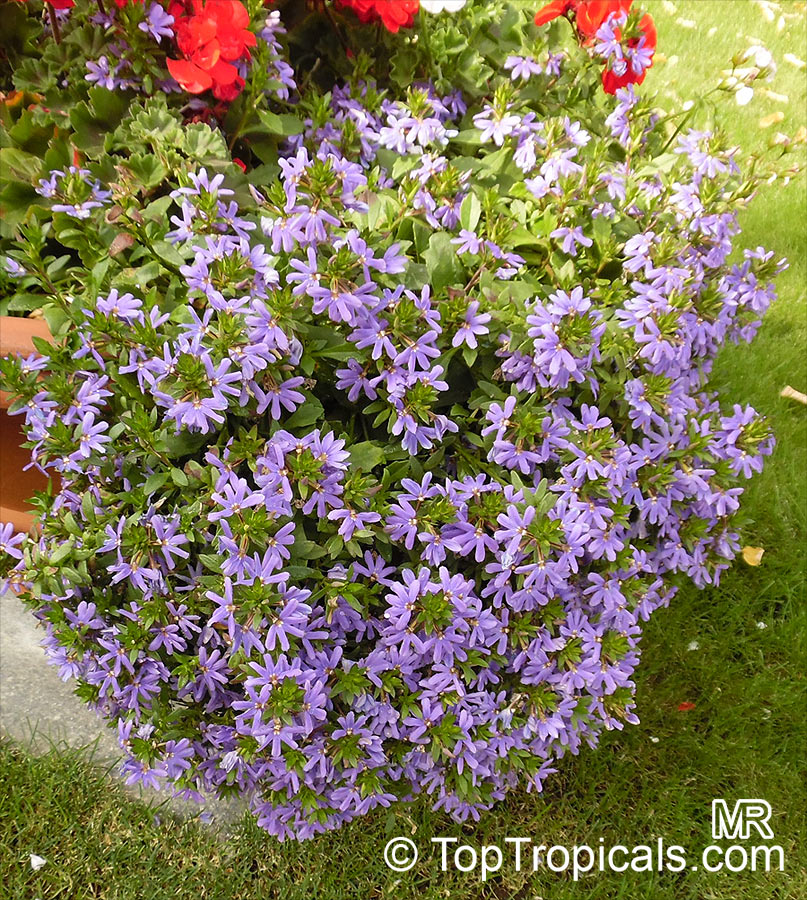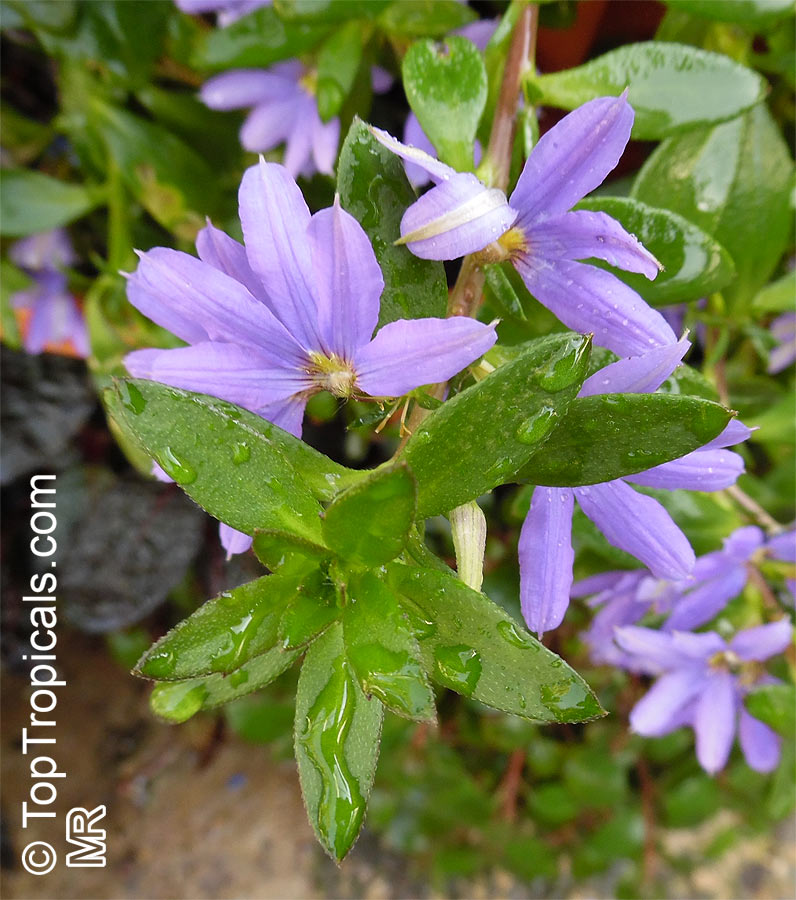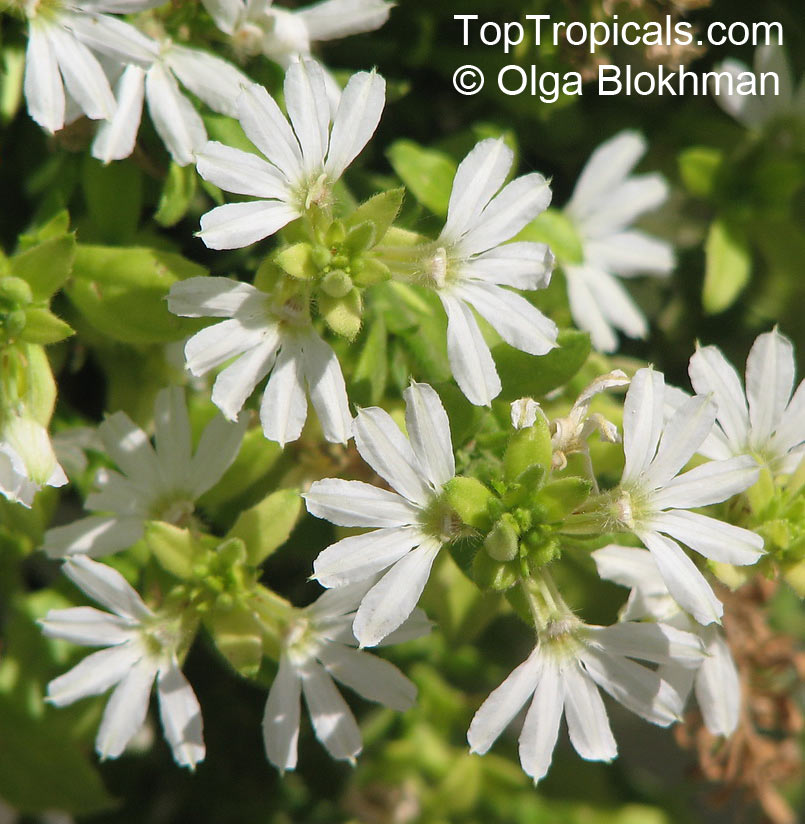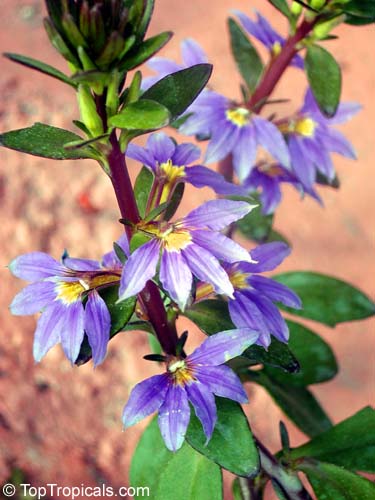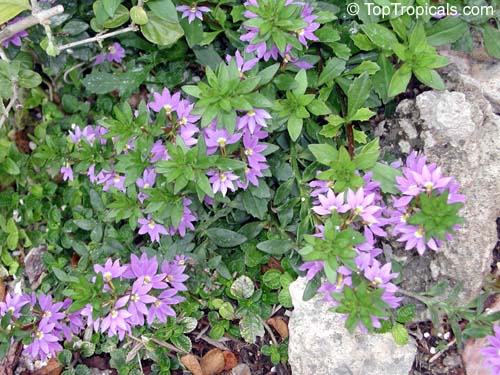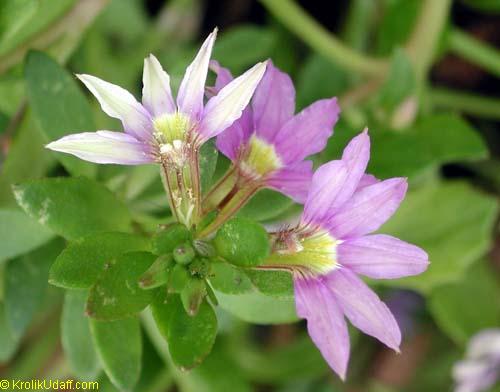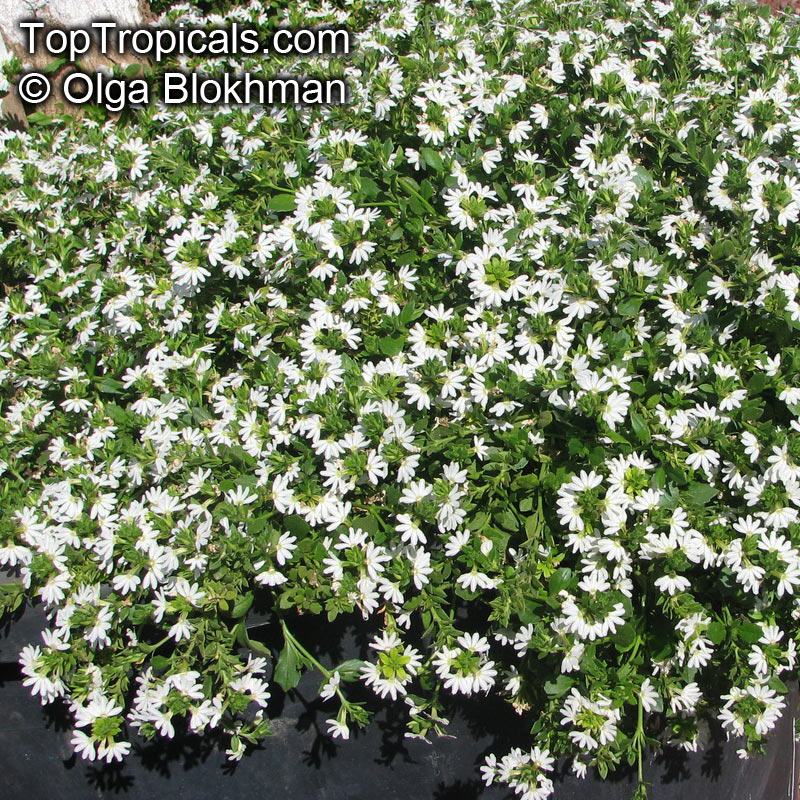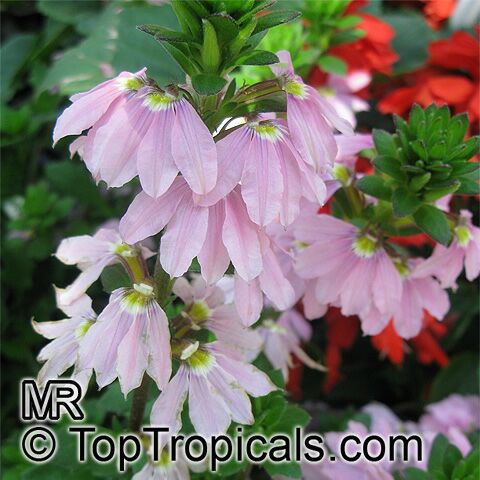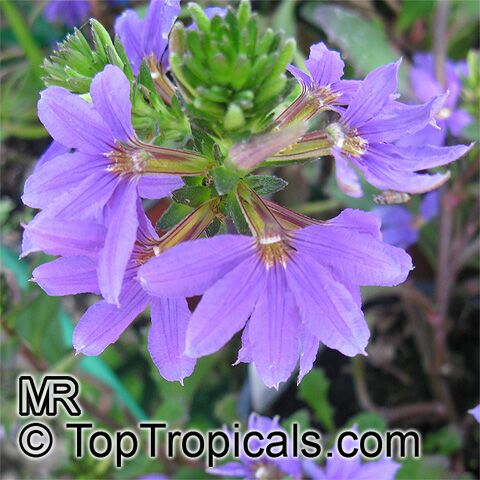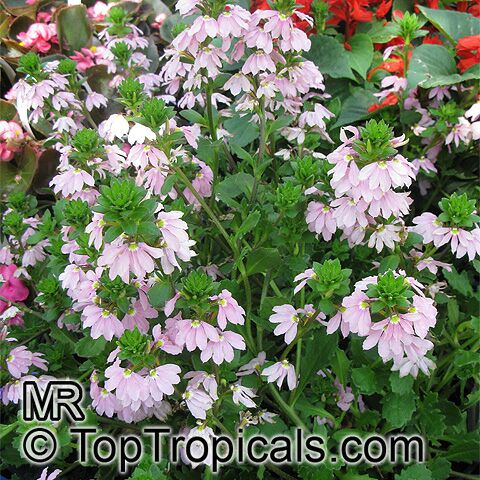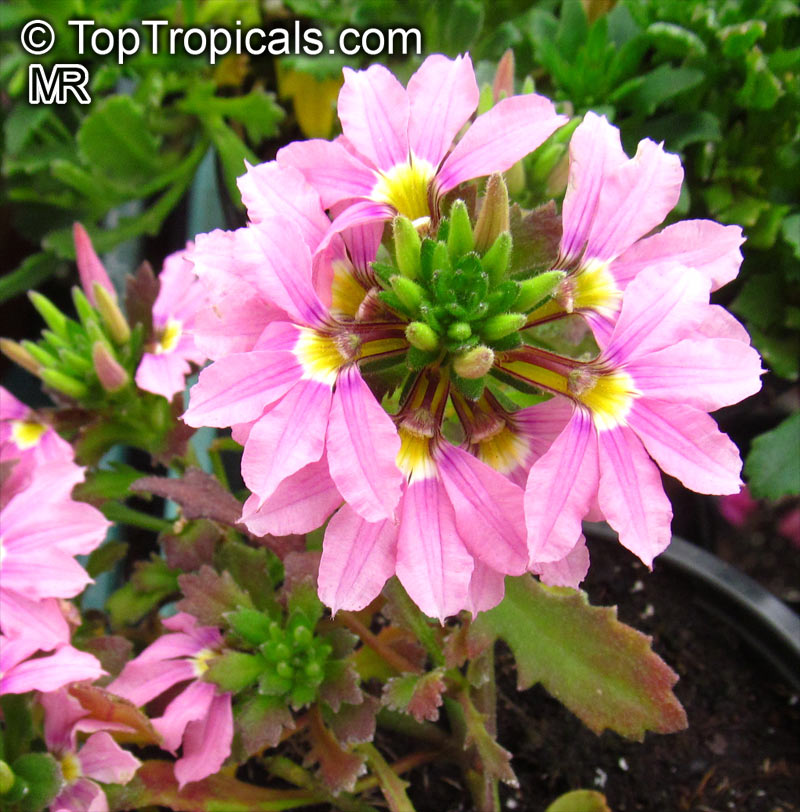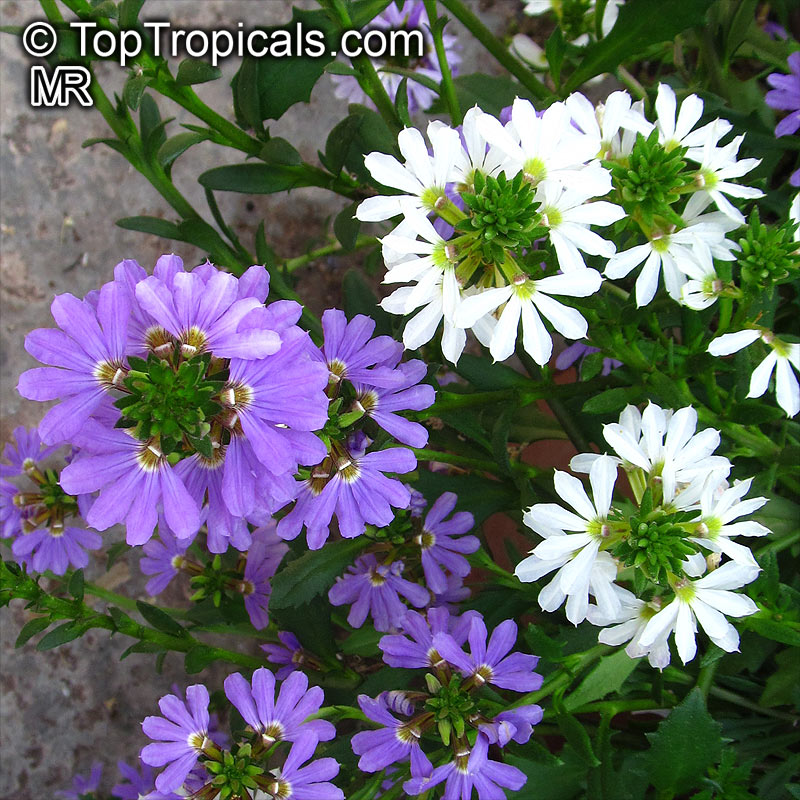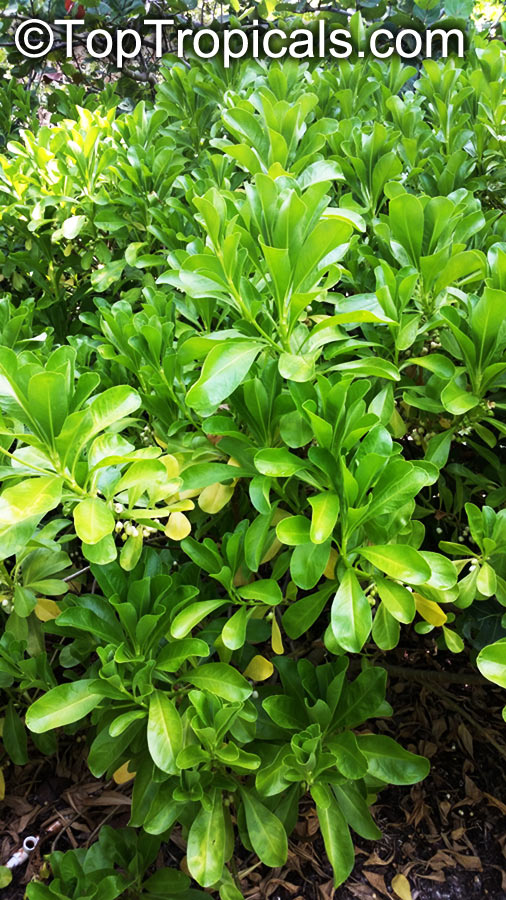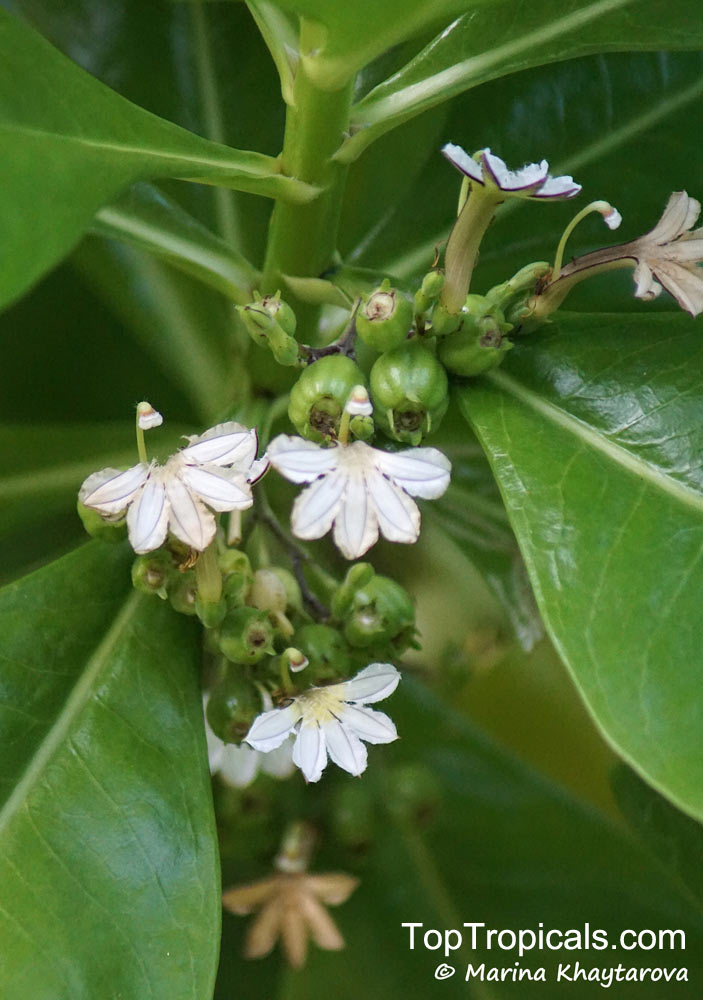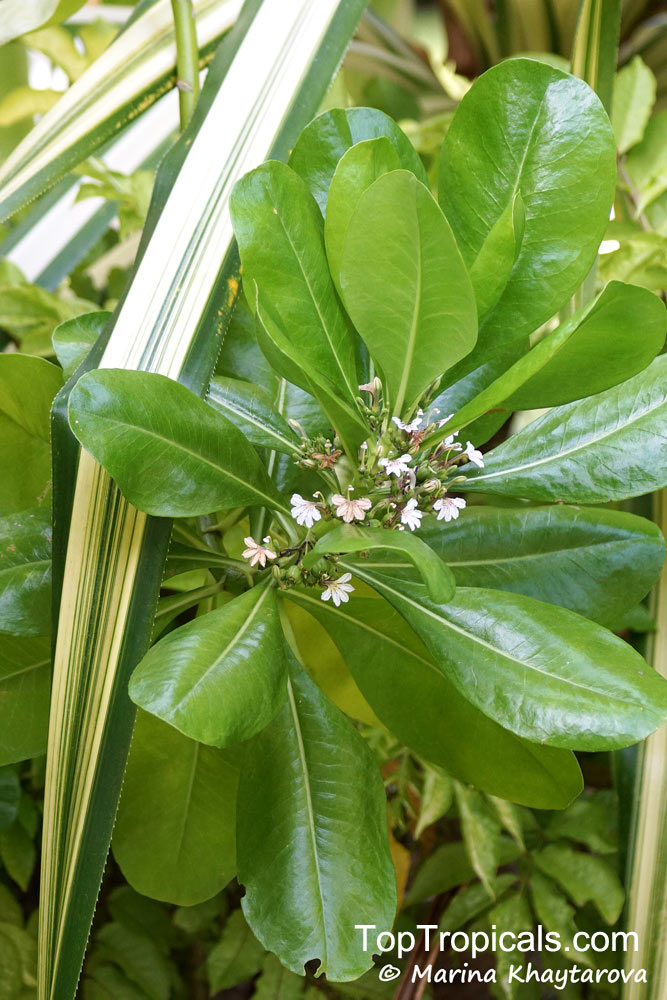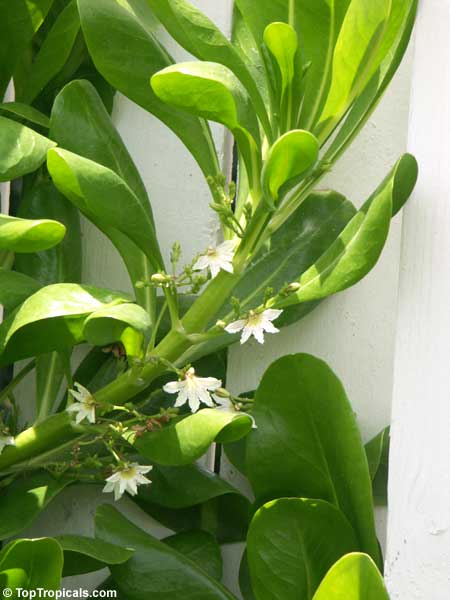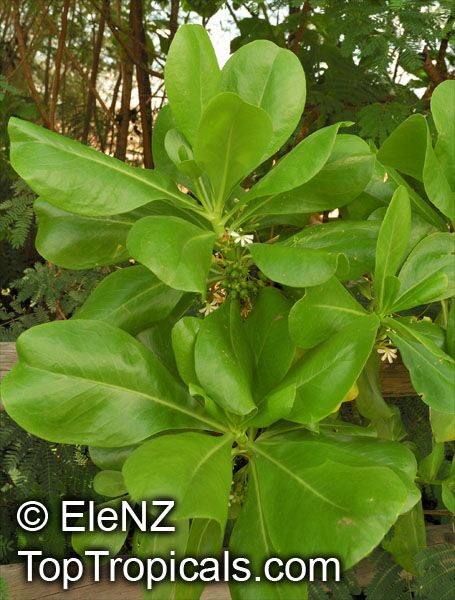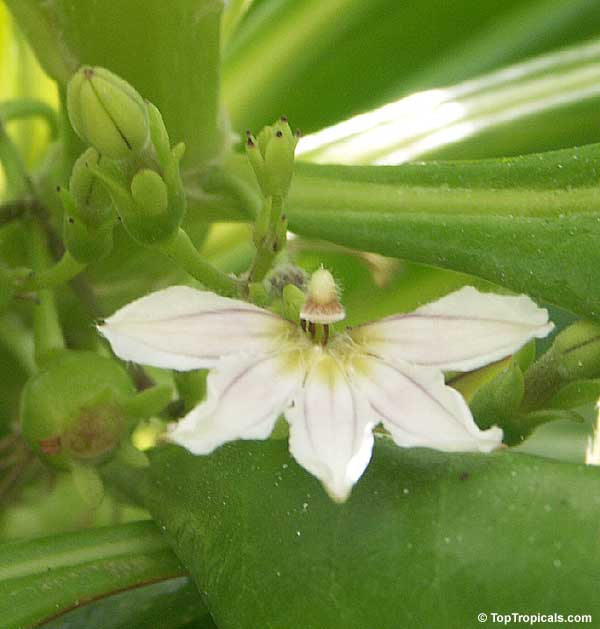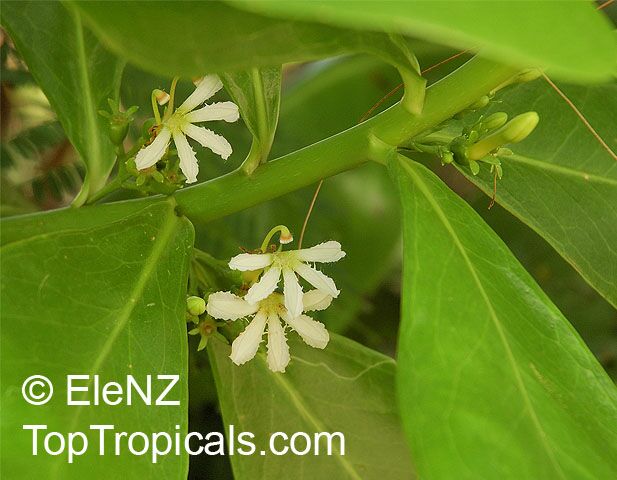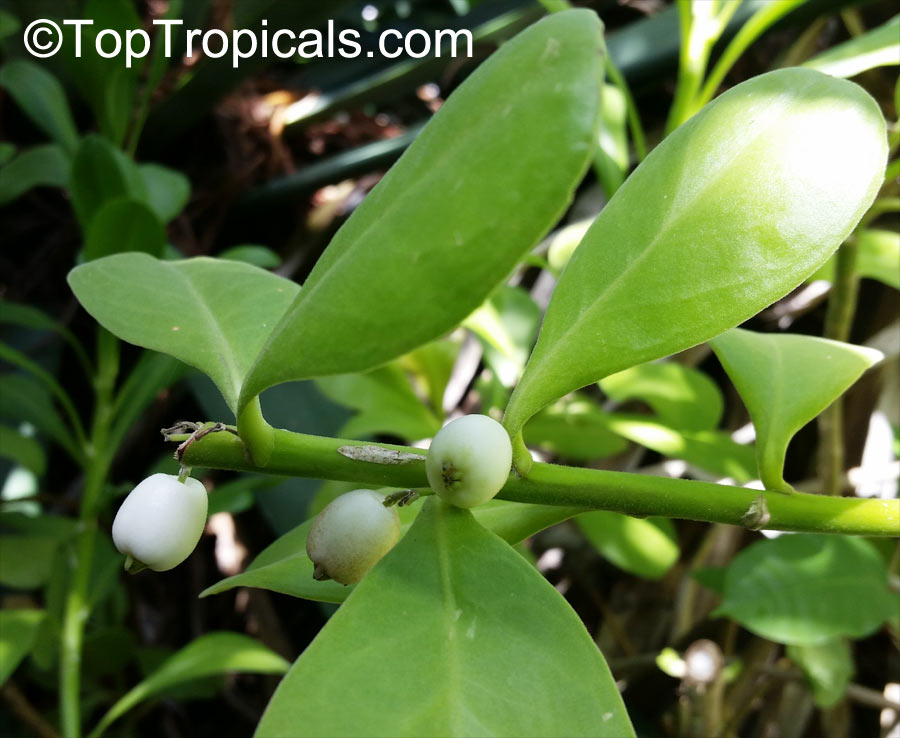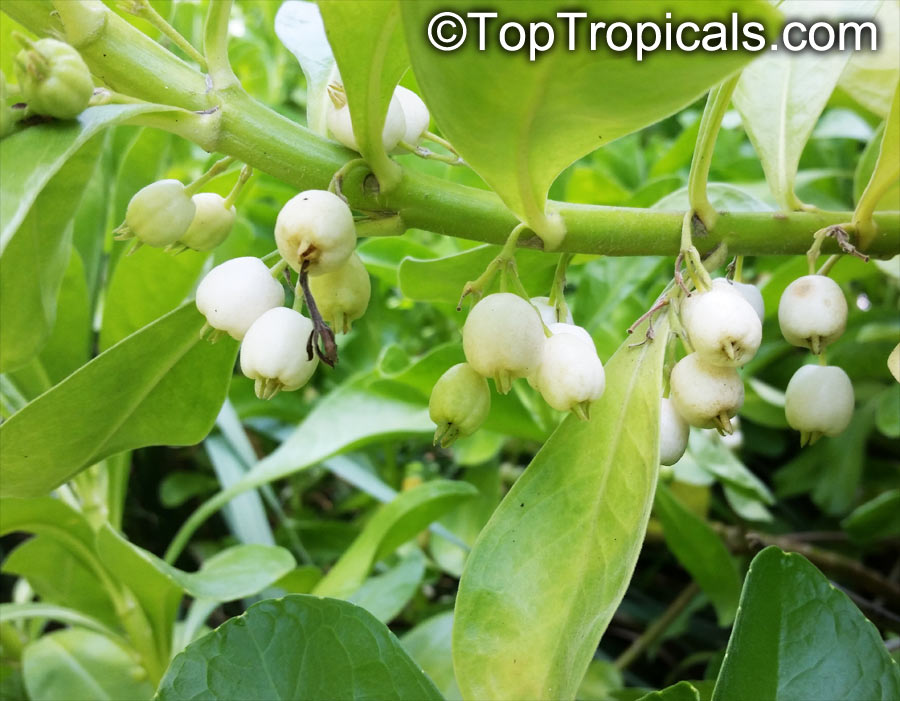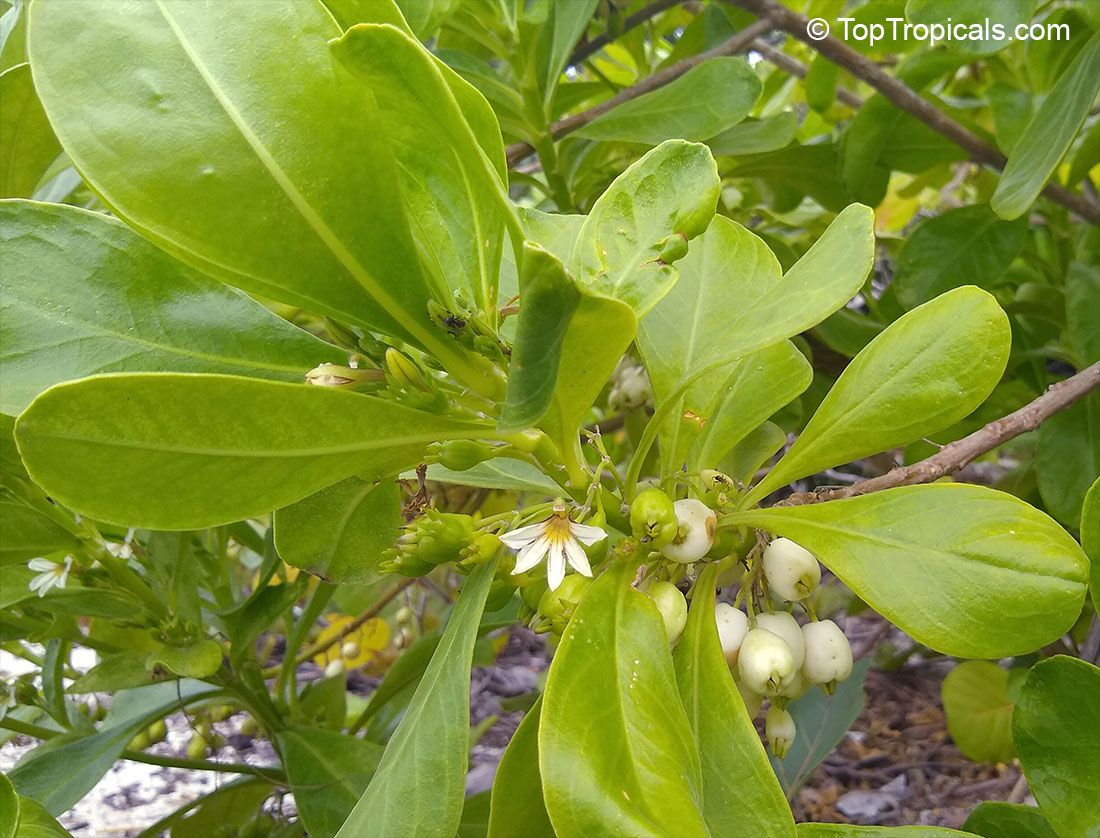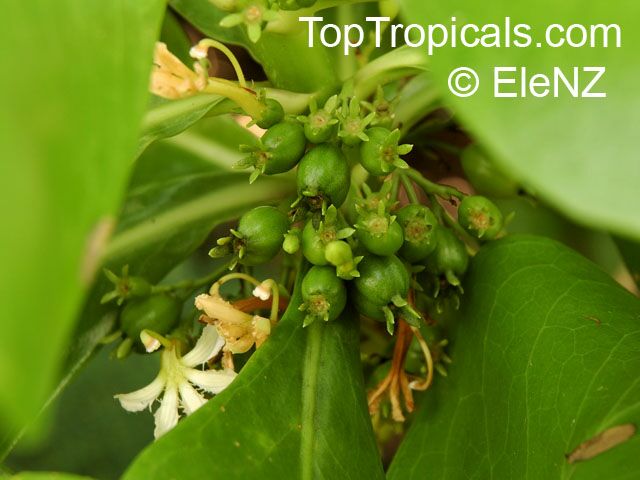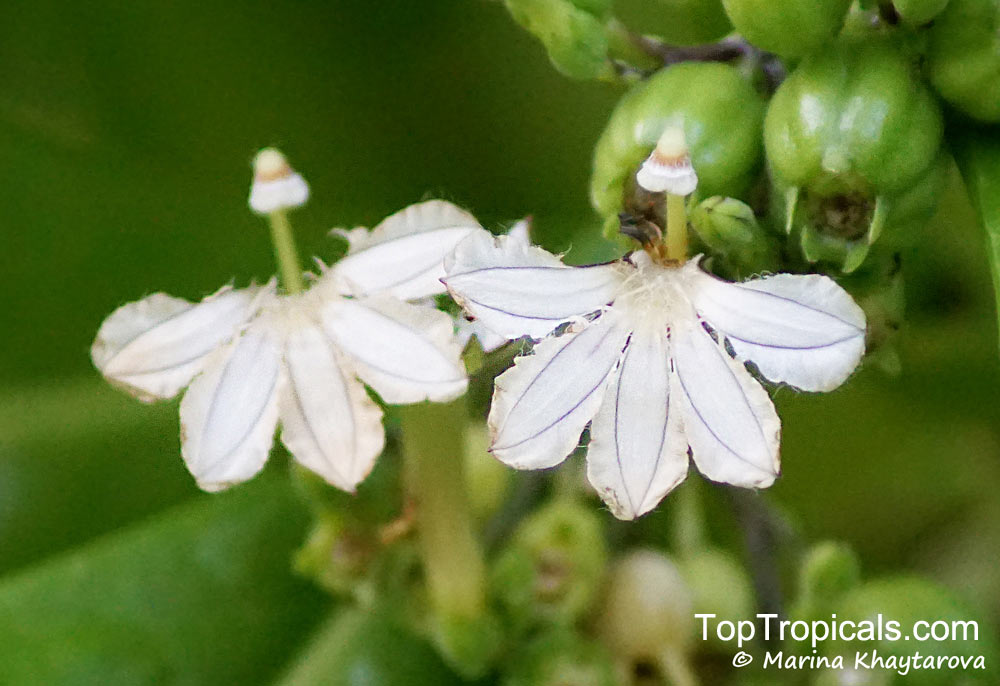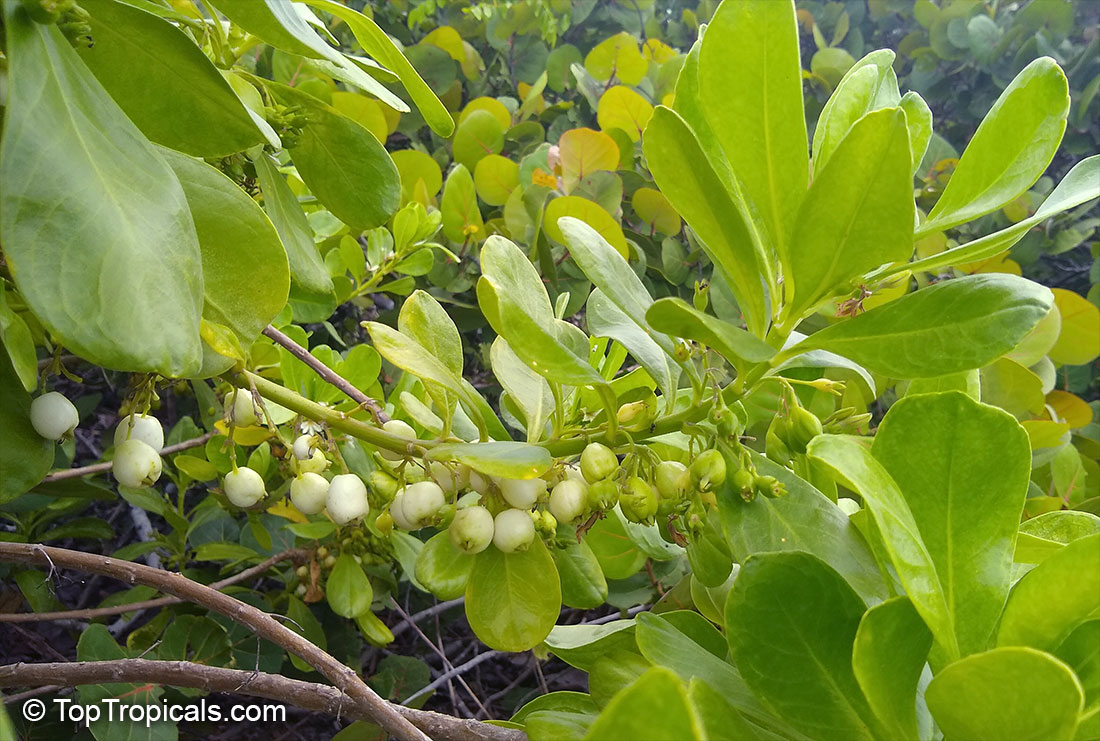Goodeniaceae - Botanical Family
Top Tropicals Plant Encyclopedia
| Number of plants found: 4 |
Botanical name: Goodenia decursiva
Common name: Goodenia
Family: Goodeniaceae
Origin: Western Australia





Botanical name: Lechenaultia biloba
Common name: Blue Leschenaultia
Family: Goodeniaceae





In cultivation it is essential that the plant is grown in a sandy, well-drained situation.
Botanical name: Scaevola aemula
Common names: Blue wonder, Escabola, Fan flower
Family: Goodeniaceae
Origin: Australia








For those living in cooler climates, the Scaevola aemula is easily grown in a container, where it can be moved indoors over the winter, or can be grown as a short-lived annual. In frost-free regions, it can be grown in the garden as a low-growing 2ft. or a taller, upright form reaching up to 5 ft. It does best in full sun or semi-shade, with regular water. This small plant has many intriguing features, with its eye-catching array of blue, lavender and purple flowers, making it an attractive garden choice. Not only is it pleasing to the eye, the plant will also attract butterflies and hummingbirds to the garden. It can also be grown in USDA Zones 9-11.
When caring for Scaevola aemula in a pot, make sure to use a well-draining soil. Water regularly, ensuring that the soil is not left too wet. If growing outdoors, in cold regions, ensure to provide protection during the winter months by surrounding the pot with leaves or straw to protect it from freezing temperatures. If growing indoors, provide it as much sunlight as possible, and keep the soil lightly damp. With its intriuging flowers and long-lasting foliage, the Scaevola aemula is an excellent choice for a showy addition to the garden.
Botanical names: Scaevola taccada, Scaevola sericea
Common names: Naupaka kahakai, Sea Lettuce, Beach Plum, Beach Grape, Half Flower
Family: Goodeniaceae
Origin: the coasts of the Pacific and Indian Oceans











This large shrub or small tree is a useful addition to seaside gardens since it tolerates very dry conditions and strong, salty winds. It is freely branching, often sprawling, and has fleshy, pale green leaves. The small, five-lobed white flowers appear on only one side of the corolla tube, leading to another popular name, "half flower". Its oval berries float for long periods, giving widespread distribution. Scaevola likes full sun and sandy soil but tolerates other conditions. Established plants are very drought tolerant. Very salt tolerant.
It is propagated by seeds or by terminal cuttings.
The white fruit is a fleshy drupe, 10 - 15mm in diameter. Young leaves - cooked as a potherb.
Use link to repeat this search:
https://toptropicals.com/cgi-bin/garden_catalog/cat.cgi?search_op=and&keyword_op=and&language=e&family=Goodeniaceae
&number=10&no_change_lang=1&user=tt&sale=1&first=0
